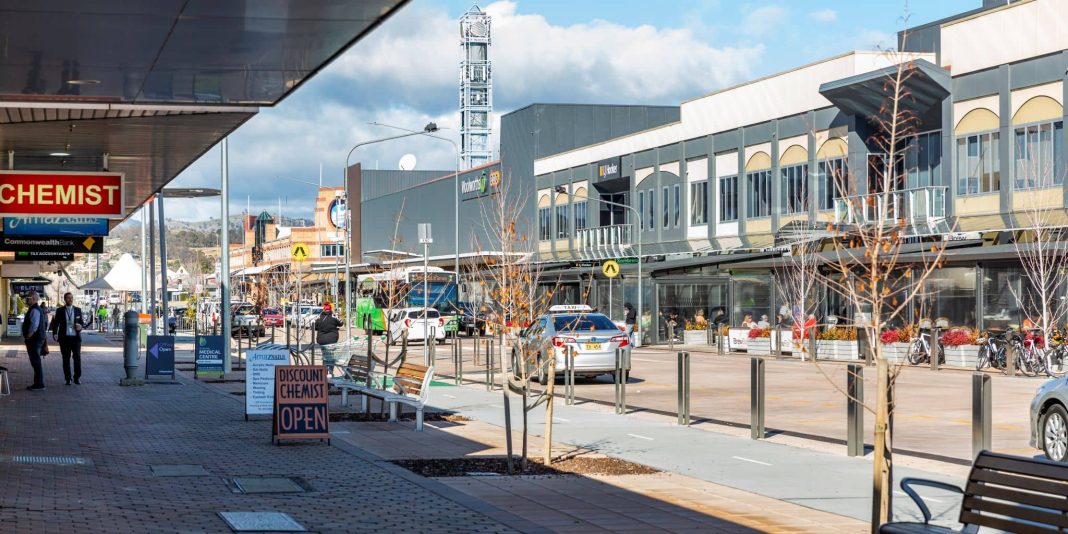New analysis from InvestorKit ranks the top regions facing the brunt of Australia’s housing supply shortage – and an ACT region is on the list.
Leading property data expert at InvestorKit, Arjun Paliwal, determined Tuggeranong to be amongst the 11 regions most impacted by the housing supply crunch across the country.
“A combination of many existing and emerging problems have contributed to the housing supply crunch. These include net migration adding immediate demand to the rental market, the average household size declining, difficulties in accessing new land supply and delays in development approvals, the concentration of people in major cities and coastal areas, Australians holding onto their properties for longer, and delays in construction due to soaring material costs and labour shortages, and a suppression of investor activity,” Mr Paliwal said.
“Unfortunately, the solution isn’t as simple as building new houses, as the construction industry is already struggling to meet underlying demand. To resolve Australia’s housing supply shortage issue, we need a more even distribution of population, a more efficient planning system, a fairer tax system to encourage stock mobility, more investor-friendly policies, higher diversity in housing providers, and more, which would take a long time to achieve.”
A Supply Shortage Score (SSS) was used to reveal the regions most affected based on factors including: established supply risk, future supply risk, people movement, housing availability, rental pressure, and price pressure. The score is numbered from one to five, with five representing the highest level of impact.
Tuggeranong scored at least 4.3 and was ranked number seven out of the 300 Statistical Area Level 4 (SA3) regions investigated in the report.
The number of for-sale listings in the region has not increased in the past five years, while its population has risen by 3.9 per cent.
“It [Tuggeranong] is still at a relatively low level which has led to a 22.2 per cent annual price growth to August,” Mr Paliwal said.
“In the rental market, vacancy rates have been hovering at a crisis level of less than 0.5 per cent over the past 12 months, and led to 14.3 per cent rental growth in a year.”
Get all the latest Canberra news, sport, entertainment, lifestyle, competitions and more delivered straight to your inbox with the Canberra Daily Daily Newsletter. Sign up here.



